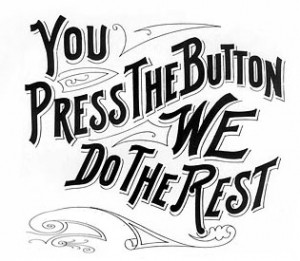This post on Kevin Meyer’s Evolving Excellence blog brings up some good challenges to the traditional “avoid fixed costs” rationale for outsourcing. The post (and the comments) point out Wall Street’s obsession with achieving a total variable cost model.
There is certainly a lot of appeal. Traditional cost accounting works hard to “assign” fixed costs to individual units of production so that they can then pretend to calculate unit costs and unit margins. But rather than going into a long rant on accounting, I will just refer you to the experts.
Instead, I want to go beyond the cost accounting rationale that is usually put together, and look at some of the other issues with outsourcing.
Here’s a question for you: Where is the value added in your value stream?
That means what stage of the value stream has the steepest difference in value between what is purchased and what is transferred to the next stage? Put another way, if all you do is final assembly, what is the difference between what you pay for the parts and what your customers pay for the finished product? Keep in mind that this number is the most money you could make. All of your expenses come off this delta. Given any particular level of costs, it makes sense to add as much value as possible.
What is the difference between the cost of components and what you pay for your outsourced sub-assemblies? That is the value your supplier adds.
If, for the sake of argument, your kaizen activities made space and labor available – space and labor that you are already paying for today – how much more profit would you make if you used those resources to bring some of those outsourced sub-assemblies under your own roof?
Remember, in this little exercise, your labor costs stay the same. Your production area stays the same. Your overhead stays the same. The only thing that changes is this: Instead of buying completed sub-assemblies from a supplier, you are buying the components that the supplier buys and assembling them yourself.
If you would pay less for the components than you do for that sub assembly, your total cost of goods sold goes down, and all of that difference goes straight to the bottom line. (I am sticking with assembly here because the capital requirements, in most cases, are modest here.)
This is a different answer than you would get in a traditional make-vs.-buy analysis which assumed that all of the burdened direct labor costs would be shed with the work. It isn’t that clean in reality.
